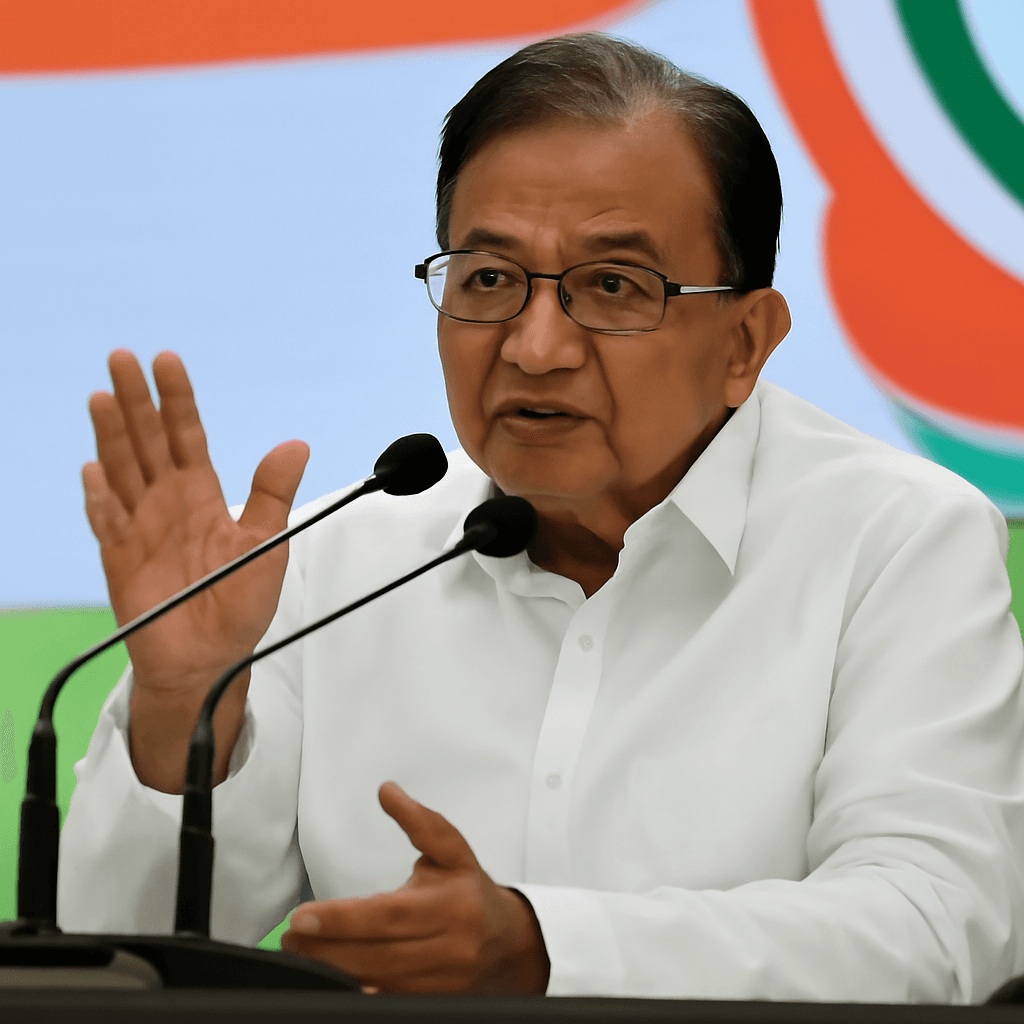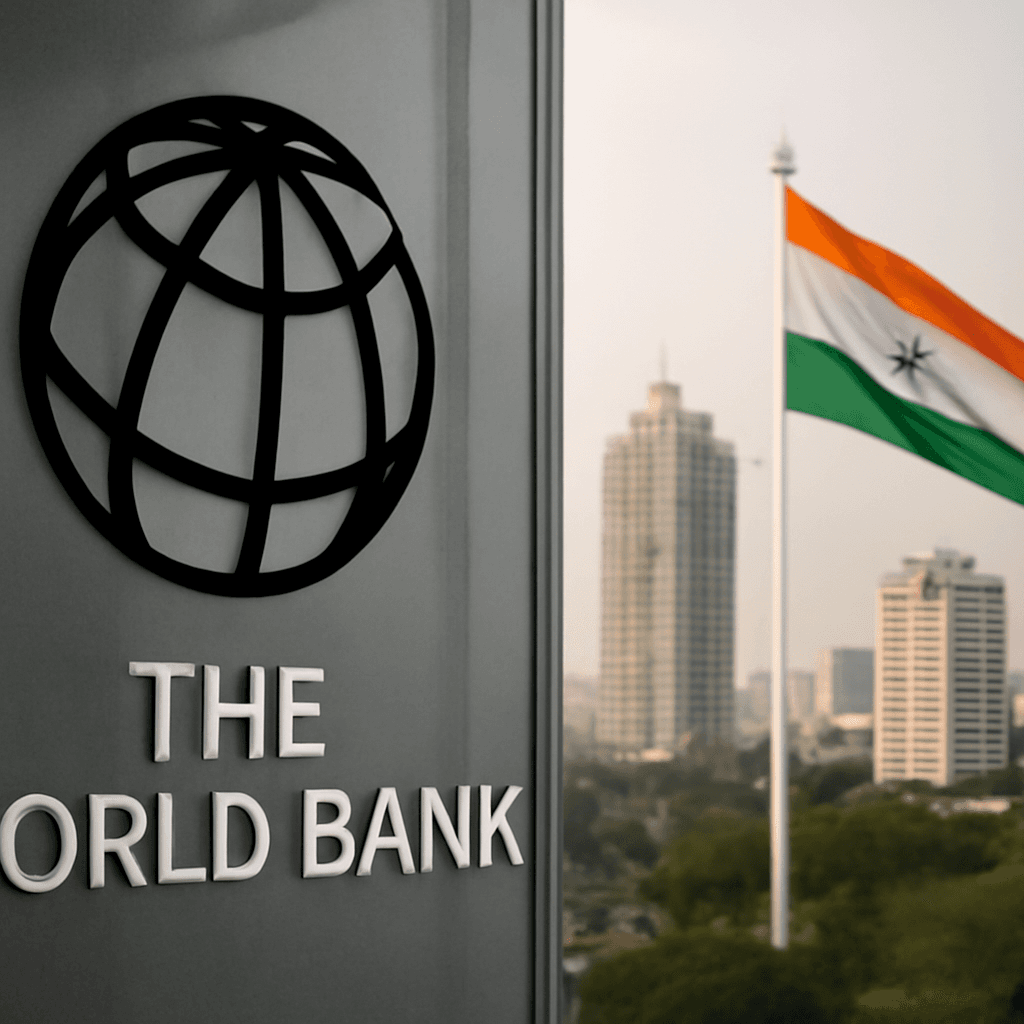Global Foreign Direct Investment Hits Two-Decade Low in 2023
Foreign Direct Investment (FDI) in developing countries plummeted to $435 billion in 2023, marking the lowest level in nearly 20 years, according to recent global financial analyses. This steep decline raises concerns over the growing barriers in trade and investment that could undermine efforts to finance sustainable development worldwide.
FDI Decline Reflects a Broader Global Trend
The downturn is not limited to emerging markets alone; advanced economies also experienced a drop in FDI to $336 billion in 2023, representing their lowest inflows since 1996. Experts attribute this trend largely to public policy decisions, noting a paradox where FDI declines as public debt surges to record highs.
“Private investment, especially FDI, is crucial for driving economic growth. Yet, recent years have seen governments increasing trade and investment barriers instead of dismantling them,” remarked a leading economist highlighted in the report. This shift could jeopardize vital private sector contributions to development.
Urgent Calls for Domestic Reform and International Cooperation
Economists emphasize that the sharp fall in FDI should act as a wake-up call for developing nations. Reversing this trend is not only an economic necessity but also key to job creation, sustained growth, and achieving broader development objectives.
Experts recommend bold reforms aimed at improving business climates domestically, alongside strengthened global collaboration to revive cross-border investments. Only through coordinated efforts can emerging economies hope to attract the capital needed for development.
FDI Trends Among Emerging Markets: China Leads
Between 2012 and 2023, China dominated FDI inflows among emerging economies, receiving nearly one-third of total investment. Brazil followed with 10%, while India ranked third with 6% of these inflows.
The report noted a geopolitical shift in foreign investment patterns. While the US has reduced its economic ties with China, it has simultaneously expanded trade and FDI links with countries including India, Mexico, and Vietnam. Additionally, geopolitical conflicts like Russia’s invasion of Ukraine led to rapid withdrawal of foreign firms from Russia.
India’s FDI Landscape: Mixed Signals
Recent data shows that India’s gross FDI grew to $81.04 billion in 2024–25 compared to $71.28 billion the previous year. However, net FDI—which accounts for funds repatriated by foreign investors and outbound Indian investments—declined sharply to just $353 million from $10.13 billion the prior fiscal year. This disparity suggests complexities in investment flows worth monitoring closely.
Looking Ahead: Challenges and Priorities
The findings come as global economic growth slows, public debt hits unprecedented levels, and foreign aid budgets shrink. A recent forecast downgrade now expects global growth in 2025 to slow to 2.3%, the weakest pace since 2008 outside of recession periods.
In this context, revitalizing FDI flows becomes even more critical. Experts urge developing economies to ease restrictive policies enacted over the last decade and enhance their investment environments. Amplifying the benefits of FDI and fostering international policy coordination are seen as essential steps toward sustainable development financing.
- Relax outdated investment restrictions to attract more FDI
- Improve domestic business climates through regulatory reforms
- Strengthen global cooperation to channel investments efficiently
- Focus on policy initiatives that address investment gaps in developing countries
As the international community prepares for crucial discussions at upcoming global development forums, the urgency to address these challenges is unmistakable. The future of sustainable growth in many nations depends on reversing the downward trend of FDI and fostering a more open, cooperative investment landscape.


















